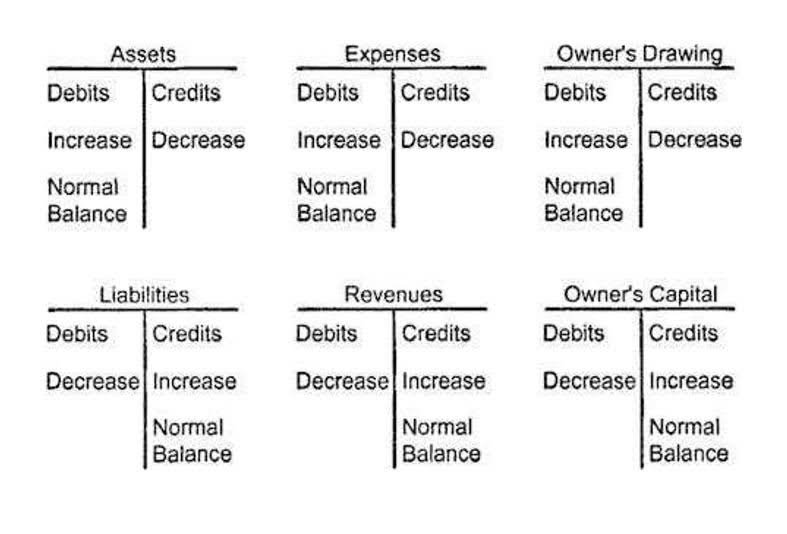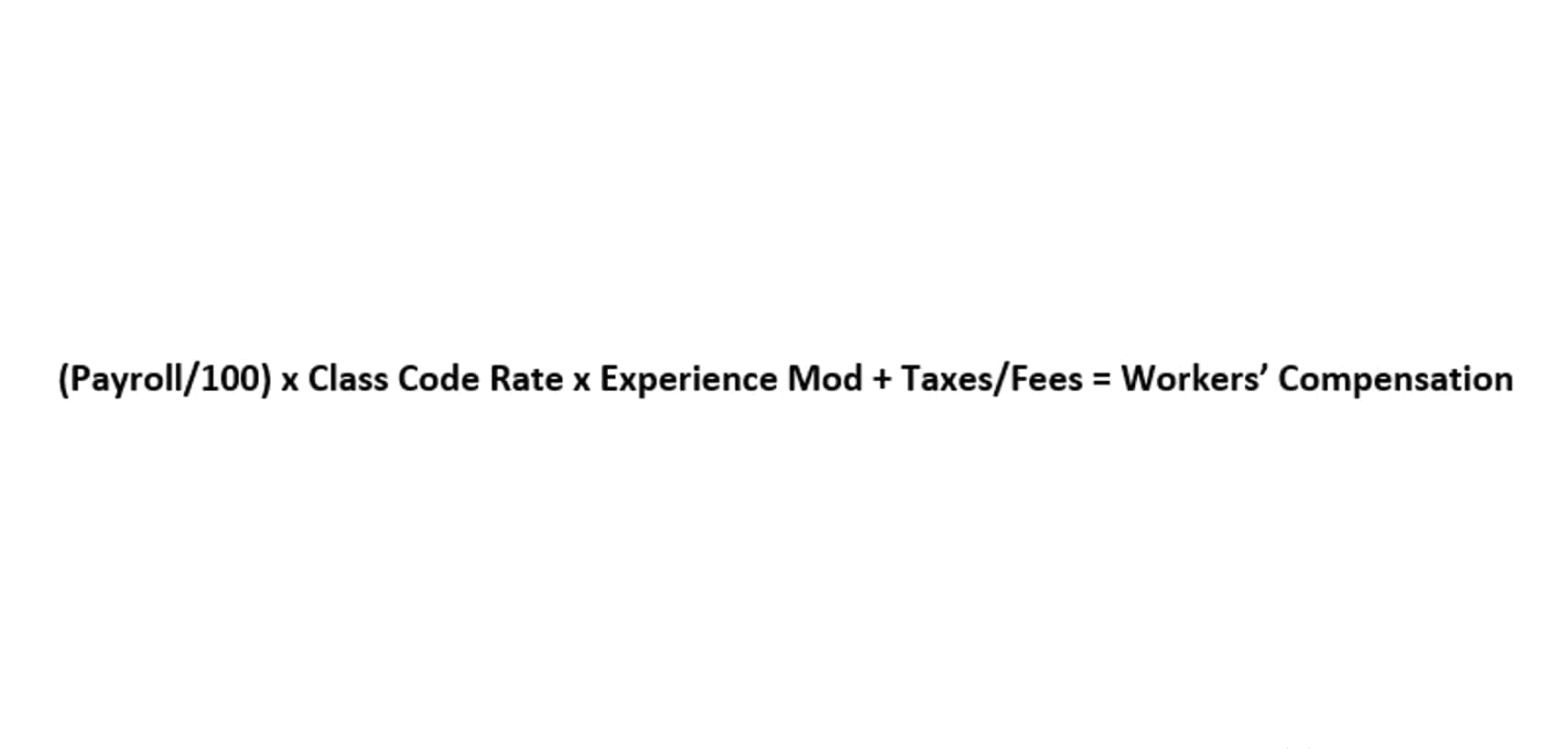
The big three required financial statements are a balance sheet, income statement, and cash flow statement. You want software that can produce these just for their usefulness, but if your company has (or wants) investors or is on the market to be sold, you need to be able to produce these. Tipalti is a leading finance automation software with financial https://www.bookstime.com/ reporting functionality. Standout features include annual and interim financial statements, bank account synchronization, and detailed tax reporting. As a former consultant and finance enthusiast, I’ve shortlisted and reviewed the best financial reporting tools to help you maintain a high standard of financial transparency in your organization.
Key Features for Financial Reporting Automation

Out of all the potential applications of AI in finance, personalized financial insights and recommendations are perhaps the most exciting. Using advanced analytics and machine learning algorithms, AI systems can provide highly tailored recommendations for your company’s unique financial situation. To improve your risk management, try using AI tools in internal audits and fraud detection. Certain AI platforms can comb through vast datasets to uncover anomalies that might signal fraud, non-compliance, or financial discrepancies. Banks, hedge funds, and other financial institutions have long been utilizing AI and automated solutions for everything from fraud detection to portfolio management. Now, your startup can benefit from the same powerful technology to confidently navigate financial risks and make informed decisions with high chances of success.
- While automation eliminates lots of manual data entry work, it’s important that the data being collected is accurate.
- Jedox offers three pricing tiers, Business, Professional, and Performance.
- The built-in analytics and visualization capabilities provide users insights from financial data in a visually appealing format.
- Automation ensures that data is collected consistently and accurately, providing a reliable foundation for financial analysis.
Risks of Finance Automation
Moreover, reporting can be produced at the click of a button with automation. Start with high-volume, repetitive tasks for quick wins, then expand to complex workflows. Track key metrics like processing time and cost savings to prove ROI and Financial Reporting Automation build support. Remember to communicate clearly with your team about the benefits of automation and provide adequate training. While your business might not require all these workflows, they illustrate the potential of finance automation.
Streamline Data Collection With AI

Finance automation uses technology to automate financial tasks and processes that had been done manually. The data gathered by the financial reporting system must be automatically transformed and standardized to ensure consistency across different systems and formats. The task of regulatory reporting involves analysis, management, and submission of regulatory data to relevant authorities to demonstrate compliance with regulatory rules. Efficient regulatory reporting helps financial institutions in identifying and managing risks more efficiently. Automating regulatory reporting makes it easier and effective in identifying risks and managing them efficiently.

You can use AI solutions to analyze historical financial data and provide predictive insights, guiding informed budgeting and investment decisions. This capability helps identify potential revenue opportunities and areas for cost reduction, enabling more effective resource allocation. Over time, as the AI learns from its discoveries and hones its skills, your financial data becomes cleaner, more accurate, and more trustworthy. In turn, you can enhance your decision-making process and build confidence in your financial reports.
And when these processes are completed at the human level, it can lead to inaccurate data and reporting—both of which have a ripple effect on decision-making. If you’re already using financial reporting automation, you may want to explore how natural language processing can take your reports to the next level. Automation platforms, programs, and systems can be applied to almost every task within the finance department, including invoices, payroll and other manual tasks. But applying it without proper human oversight can lead to unwanted consequences. That’s why it’s important to know it’s not about replacing humans, but simply enhancing the way we all work. Finance automation refers to the use of technology to complete your business processes.
Understanding the What, Why, and How of Financial Reporting Automation
Let DataLakeHouse.io handle the basics with our well-supported ELT and Analytics, Algorithms, Functions, and knowledge of data relationships so you don’t have to. Enterprises will likely use a data warehouse like Snowflake to keep all of their data, then use ELT tools to transform it into a format that can be used for reporting. DLH.io is built for operations and data teams across all industries to turn data into insights and assets faster.
